Everything is USB now. External graphics card? Connect it over USB. Keyboard and mouse? Of course, it's USB. You can even transfer data from several devices, a video/audio stream, and power over a single USB-C cable. USB has replaced just about every other port you used to find commonly on motherboards, and that's ultimately a good thing. But there are a few legacy motherboard ports that still have an edge over their USB replacements.
You're getting much better functionality on motherboards today with USB at the helm, but there are a few niche cases where the legacy ports offer better functionality than what you'll get on a modern motherboard. I don't think these ports should return in their original form, and maybe they shouldn't return at all. But it never hurts to ponder.
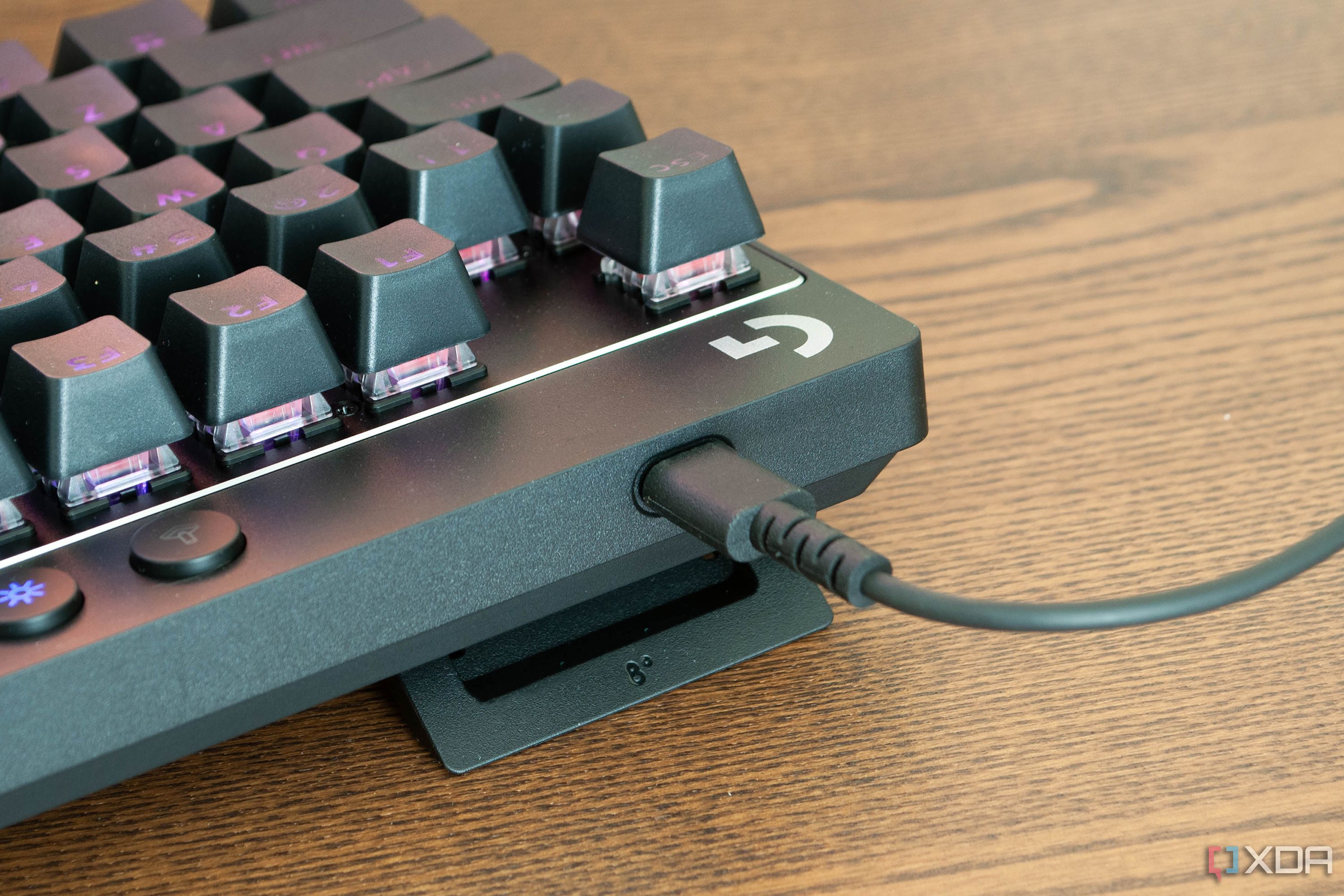
Related
4 myths about USB-C you shouldn't believe
USB-C has reached ubiquity, appearing in everything from PC peripherals to laptops. These are some myths about the standard that we'd like to dispel.
3 VGA (Video Graphics Array) for some CRT action
You knew it was coming
I won't even remotely pretend that a VGA connector is better than what we have today. HDMI and DisplayPort both use a digital signal, giving you far superior support for higher resolutions and refresh rates, not to mention better signal integrity. For years, the DE-15 layout used for VGA connections was the de facto standard for displays. It was on every desktop, motherboard, laptop, and monitor you could buy. It offered the same separate red, green, and blue analog signals as a set of component cables, all wrapped up into one plug that you could screw in to keep it secured.
VGA was eventually replaced by DVI, and then by HDMI/DisplayPort, but VGA holds one advantage: it's analog. CRTs are the crown jewel of retro gaming enthusiasts, and although popular CRT TVs like the Sony Trinitron series use component inputs, most CRT monitors take VGA. Even better, you'll typically find them in bargain bins for much less than the sought-after televisions.
As you can see in the video above, playing retro and even modern PC games on this type of display is kind of incredible. It's technically worse than even the cheapest LCD display, and by a significant margin, but it has that scratchy, washed analog look that modern displays just can't replicate. That's not to mention scanlines for retro games and the instantaneous response times of CRTs.
You can still use an old CRT monitor with a modern PC over HDMI, but you'll need to spend up on an active adapter for proper digital to analog conversion, lest you rely on your GPU or monitor to do the conversion with horrible quality. For most people, a spare VGA port wouldn't be much more than wasted space, but it can certainly provide a unique gaming experience for those interested.
2 PS/2 ports for your keyboard and mouse
Purple and green make a dream team
You don't need PS/2 connectors on a motherboard, which is true of all the other ports on this list. But if nothing else than dusting off your old keyboard and getting the nostalgia of rotating the plug until it slots in properly, I would love to see PS/2 make a comeback. Just like the dynamic between VGA and HDMI, USB offers far superior compatibility and polling rates. PS/2 tops out at a sampling rate of just 200Hz, while most modern USB peripherals have a standard 1,000Hz polling rate. Competitive peripherals can even climb to 8,000Hz.
For a while, PS/2 actually had some clear advantages over USB peripherals, particularly when it came to ghosting. They could be faster, too, despite a low sampling rate. PS/2 peripherals are interrupt-based, meaning that inputs are immediately processed instead of going through the typical USB chain. Neither is super relevant today, given the polling advantage of modern USB peripherals and wide support for N-key rollover, but it helps explain why PS/2 was supported for so long after it had seemingly been phased out of relevance.
The main advantage PS/2 still holds is simplicity. USB devices require a host controller, which is stored in the bus inside your PC, but PS/2 peripherals don't. In addition, the drivers for PS/2 devices are loaded much earlier during the boot process, allowing you to use your peripherals if the USB driver fails to load. If it sounds like I'm reaching, I am, but that won't stop my advocacy for PS/2.
1 IEEE 1394 (FireWire) to connect a ton of devices
IEEE 1394, more commonly known under Apple's FireWire brand, was destined to fail. Low adoption among PCs and reservations for specialized equipment meant that FireWire didn't become the de facto standard for connecting your devices. There was a time when FireWire provided clear advantages over USB when it came to transfer speeds, and it was the main connector of choice for devices that (at the time) needed a lot of bandwidth, such as audio interfaces. USB took the speed advantage eventually, though, and with a backwards-compatible design that FireWire lacked.
There's a long history of FireWire, Apple's involvement, and Microsoft's reluctance to support the connection, so an IEEE 1394 port was never super common on motherboards. Years ago, you'd maybe find one FireWire port on some motherboards, but it wasn't universal. And, of course, that one port was always flanked by half a dozen USB ports.
Although FireWire was mostly known as Apple's take on USB, it doesn't use the same host design as USB. FireWire doesn't need a host, and it supports daisy chain connections with up to 63 devices. It basically creates a peer-to-peer network, and some IEEE 1394 versions have even been used in Ethernet cables specifically for networking. It would take a village for proper support, and it's never going to happen, but the idea of hooking together several PCs and external equipment together on a network is enticing.
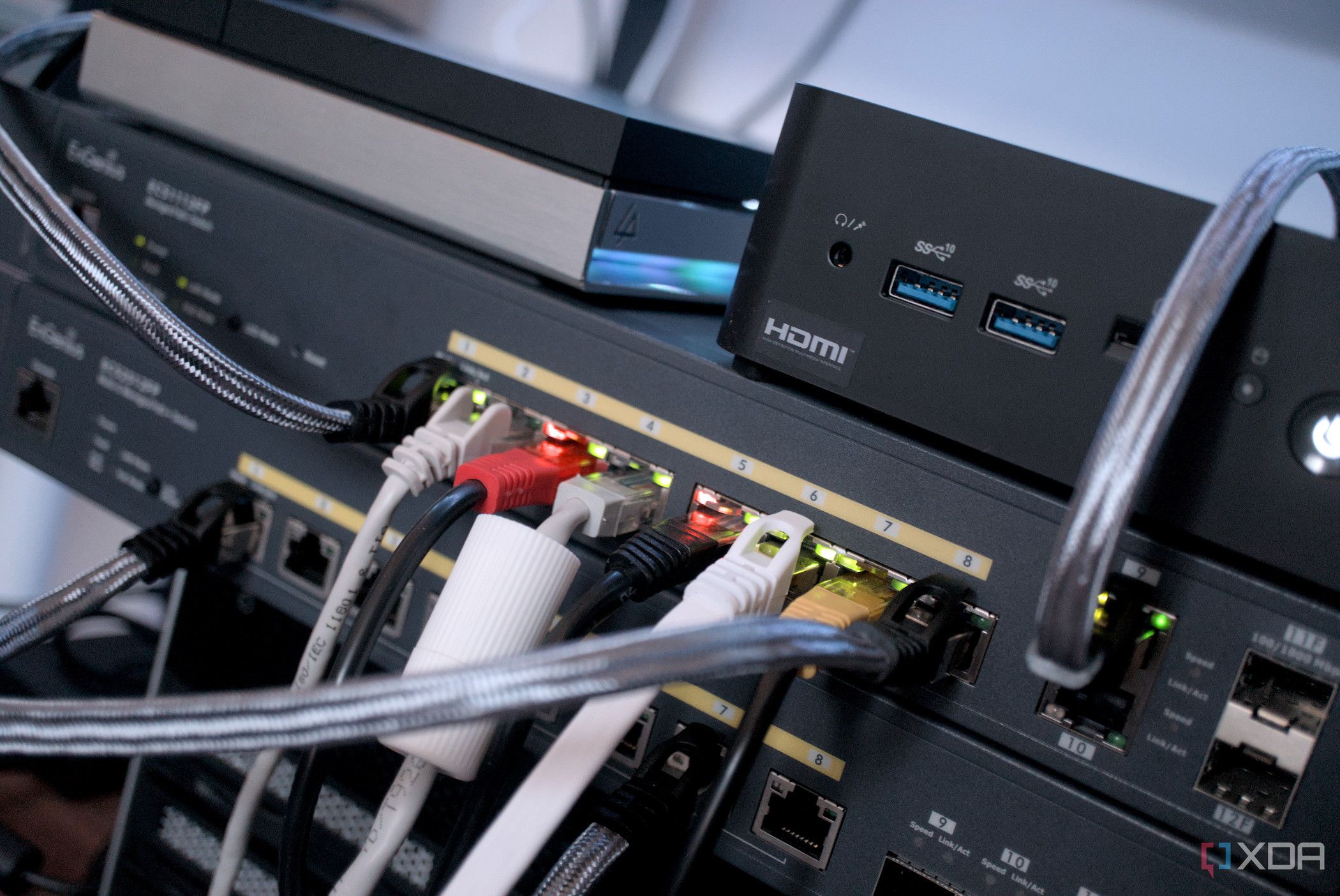
Related
These 5 home networking tools are essential for any Windows user
Troubleshoot, optimize, and secure your home network like a pro
Celebrate the legacy
Before sounding off in the comments, no, I'm actually advocating for the return of these ports. They're legacy ports for a reason, phased out as newer standards started flooding motherboards and devices. Just about everything works over USB now, and for everything that doesn't, internal PCIe has stepped in to bridge the gap. It's a much simpler system, and given how streamlined things have become, the standards used in PCs have soared far ahead of what legacy ports could ever have hoped to achieve.
But I can still dream.
.png)
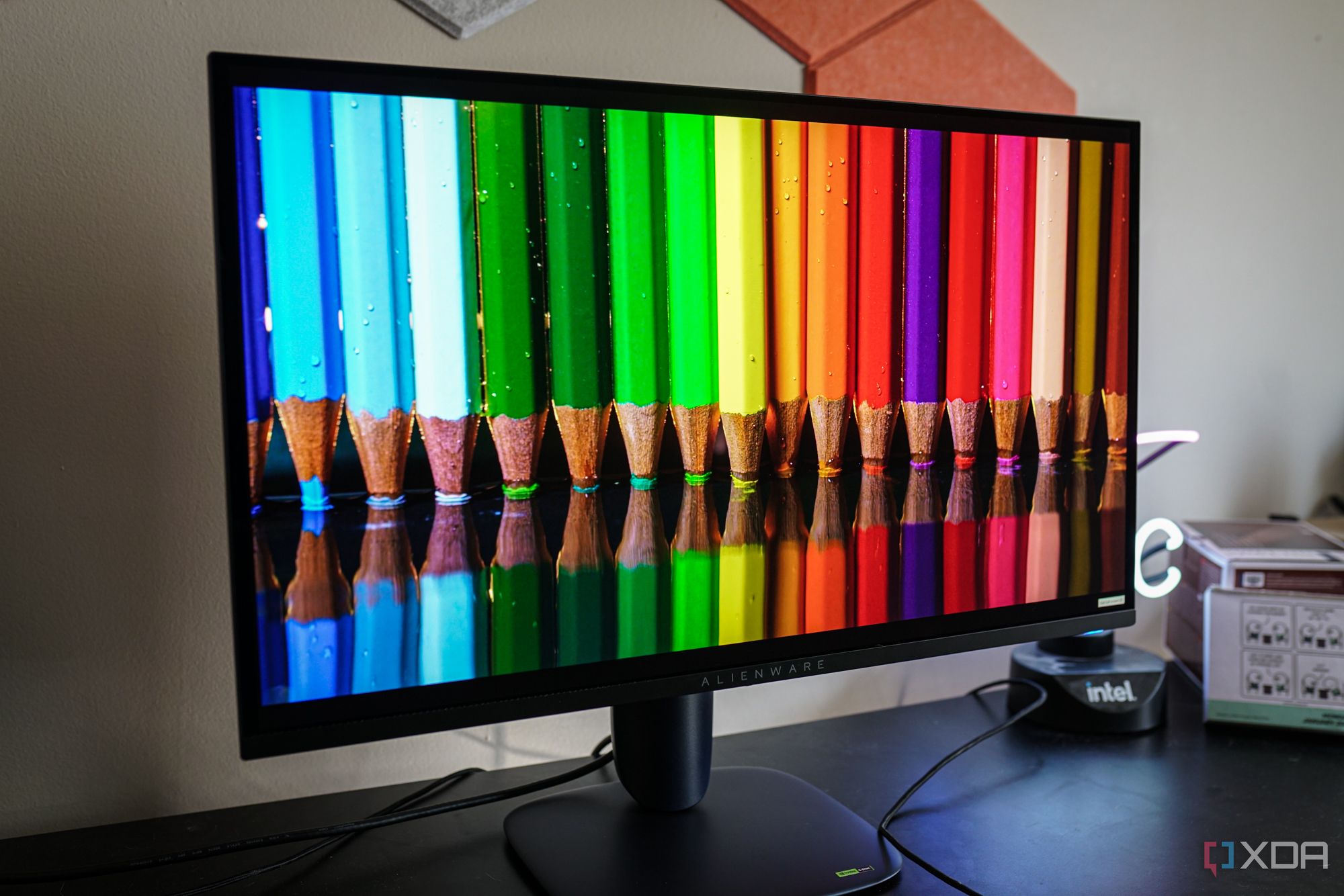
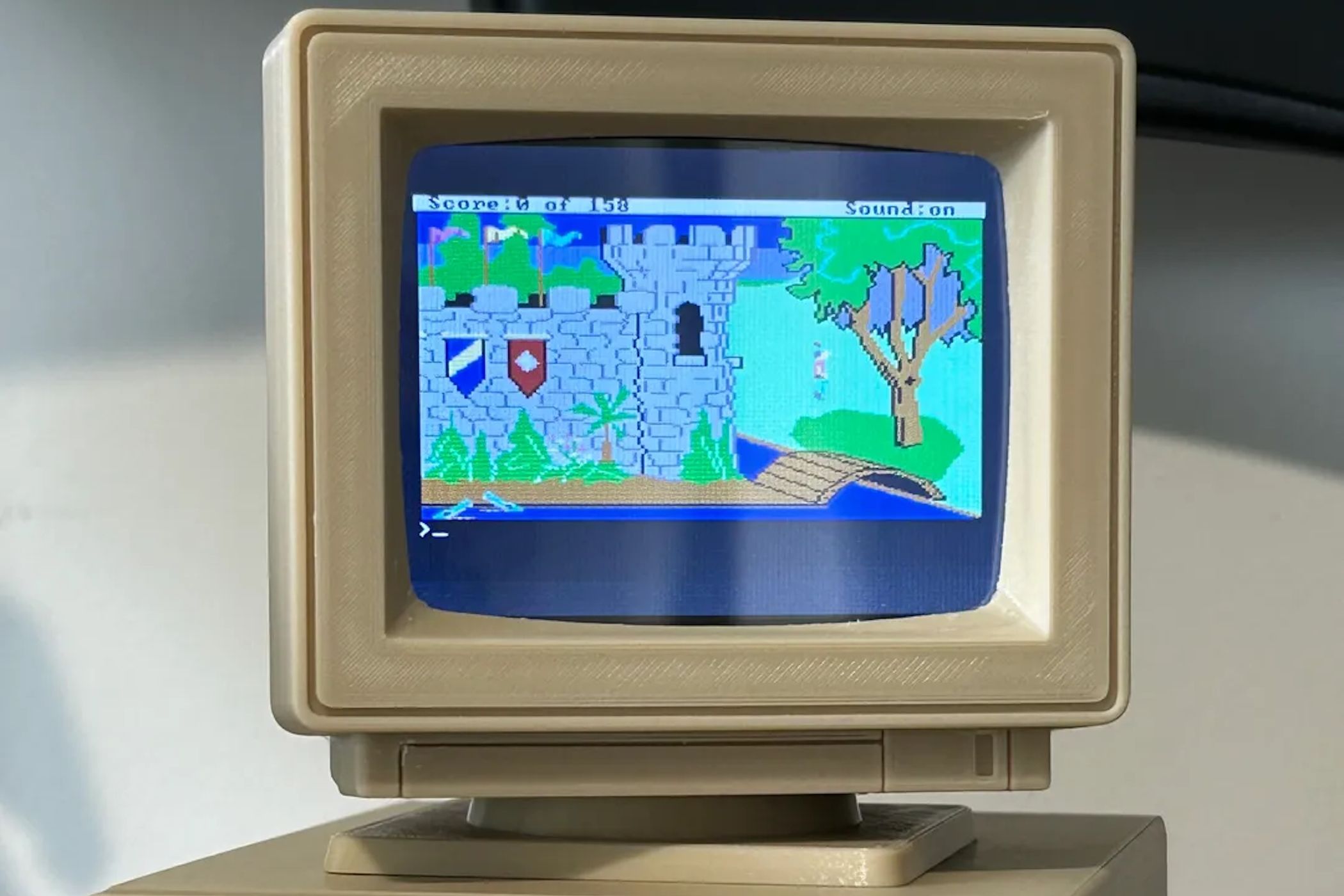



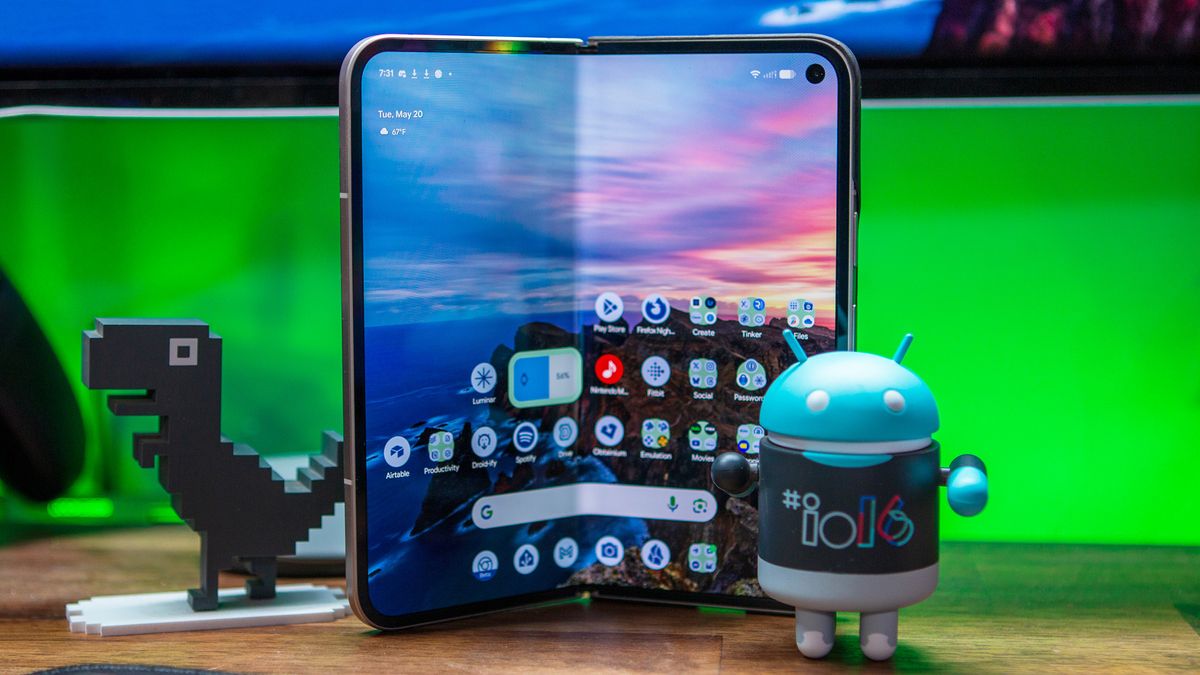







 English (US) ·
English (US) ·